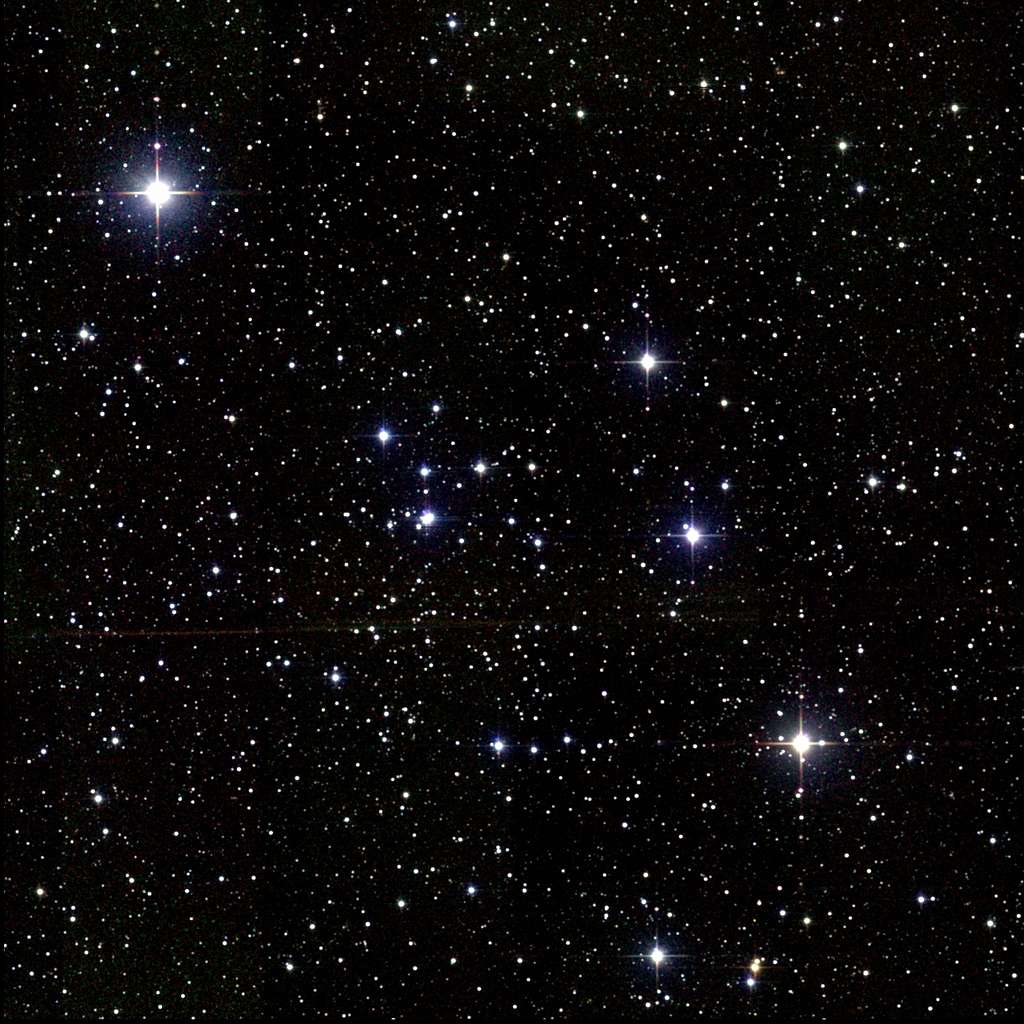The Death of Stars

In order for life to live a star must die. Stars in their prime like our sun is only hot enough to create helium, (He). In order to create the much heavier elements requires a lot higher temperatures. These temperatures are so high they can only be reached at the end of the stars life.
The cosmos is an ever changing cosmos; the stars will not always be there. As we look into the night sky the stars we see are only a temporary feature in the sky. Stars may live and burn brightly for millions, sometimes billions of years and they can only live as long as they have a constant supply of hydrogen, (H) to burn.
As a star runs out of hydrogen, (H) it begins to die. When stars die they do so in a violent aggressive manor. Increasing in temperature; burning with an ever increasing temperature until its final stage of life, then suddenly a flash from the star and over tens of thousands of years the star increases in size to many hundreds of times its original size. In this stage of a stars life its unable to maintain its surface temperature and it begins to cool, this is when the star takes on the characteristic colour of a dying star; a red giant.
Deep in the stars core it is now fighting a battle against its own gravity. As the dying star tries to stop itself collapsing under its own weight new elements are born. These new elements are made in a unique sequence of stages.
Stage 1
While there is still a supply of hydrogen, (H) to burn, vast amounts of energy are released; that energy escapes creating an outward pressure balancing the force of gravity keeping the star stable. Once all this stops the core starts to collapse very rapidly leaving a shell of hydrogen, (H) and helium, (He) behind. The core temperature rise again to about 1 hundred million degrees, at this point stage 2 starts.
Stage 2
Helium, (He) nuclei begin to fuse together, as this happens more energy is released halting the collapse of the star. Also at this stage two new elements are produced. Carbon, (C) and oxygen, (O) these are the two fundamental elements to create life. This is where all the carbon, (C) in the universe comes from; (at the heart of a dying star). Once the helium, (H) runs the collapse of the star continues again, this continuation launches stage 3.
Stage 3
Carbon, (C) fuses in magnesium, (Mg), neon, (Ne), sodium, (Na) and aluminium, (Al) and so it goes on through core collapse, more stages each getting hotter and hotter creating more elements at each stage, with every stage of fusion the stages get shorter than the last.
Eventually in the final stages of fusion (which last only a few days) the heart of the star is formed into almost pure iron, (Fe). This is the point where fusion stops. In the stars life it has now made up all the common elements. The star is now a ball of all these common elements stacked up upon themselves. Once all these layers of elements have fused into solid iron, (Fe) the star has only seconds to live.
In just a few seconds the entire star falls in on itself. This is the destiny of almost all the stars in our universe. The explosion of star only forges the first 26 elements. There are a number of elements heavier than iron, (Fe) and those are rare elements. The reason for this is that the conditions only exist for a very short time every century to produce these elements. These are some of the rarest conditions in our universe as they only exist in the final moments of some of the largest stars. Stars of at least 10 times the mass of our sun, only these stars can reach the extreme temperatures to produce large amounts of these elements.
In the final moments of these stars the core collapses in on its self then suddenly expands out with tremendous force. As this happens, the core crashes through each layer of elements. The extreme temperatures are produced that create these heavier elements. These temperatures are the hottest in the universe (about a billion degrees) and last just a few seconds. This is what we call a supernova.
Astronomers believe that the star Beetlejuice is the next star to go supernova. Beetlejuice is about 600 light years away and has become incredibly unstable. When this star dies it will produce more energy than the sun has in its life. From this death new stars will be born starting the cycle all over.


